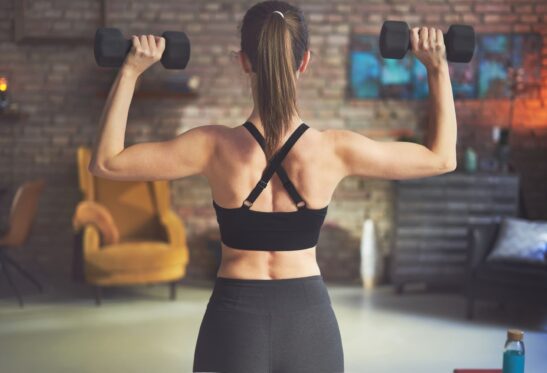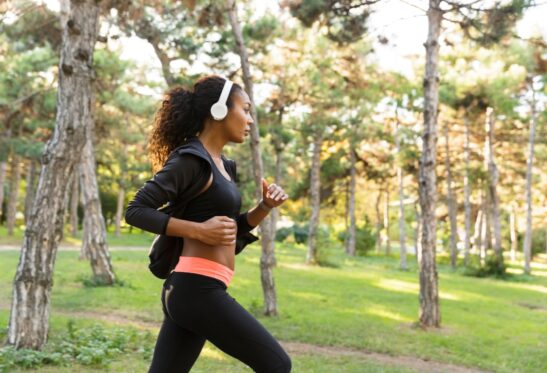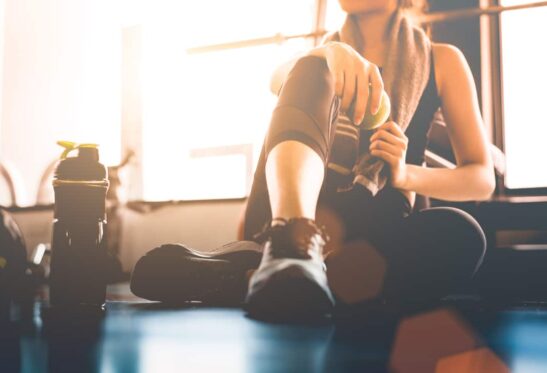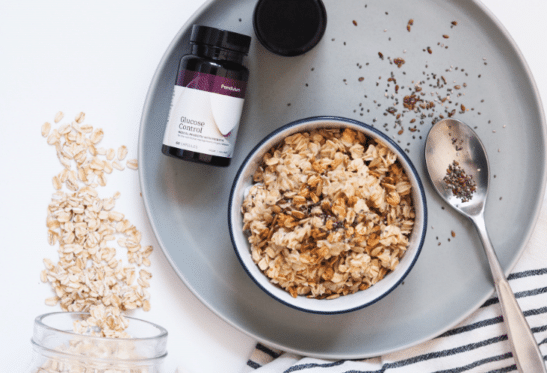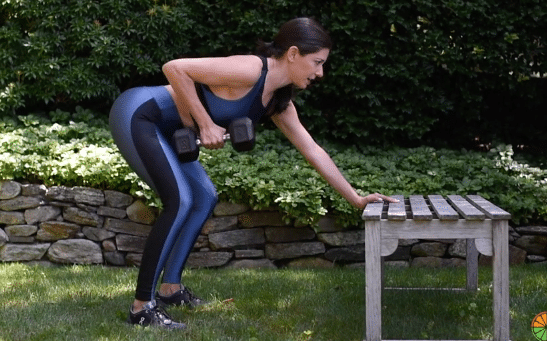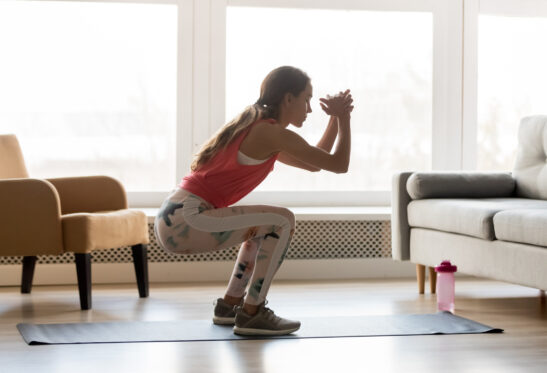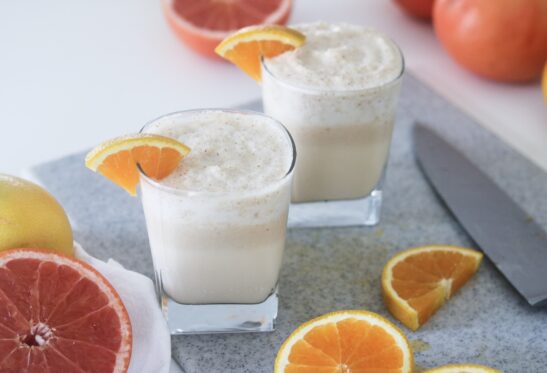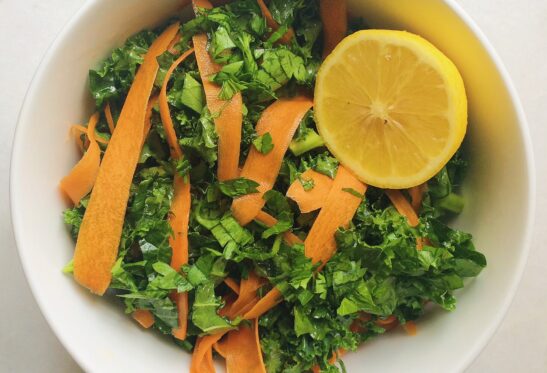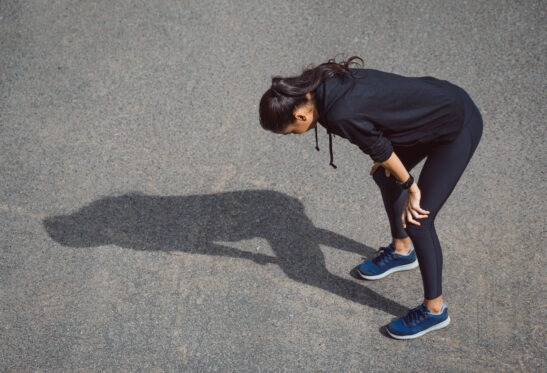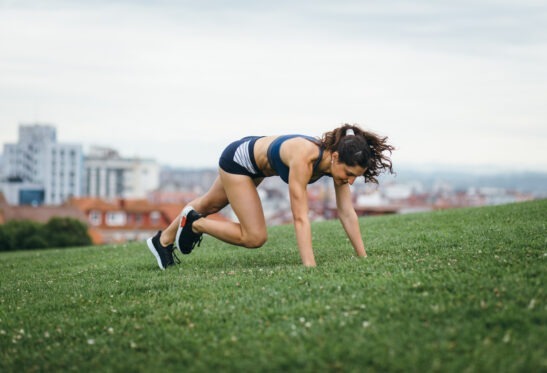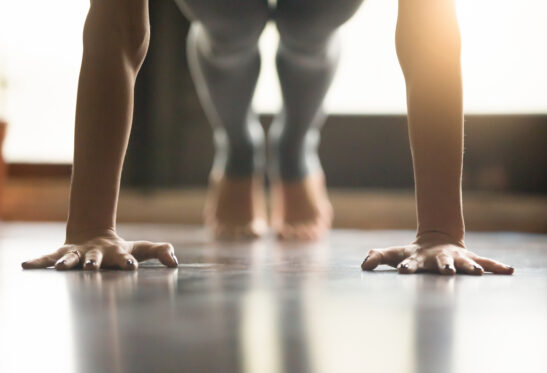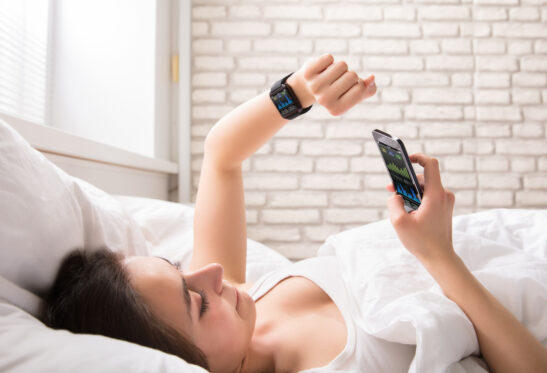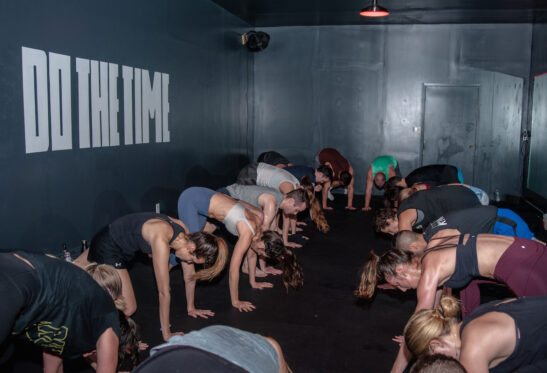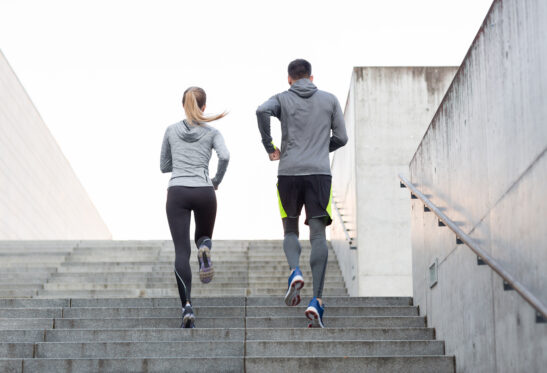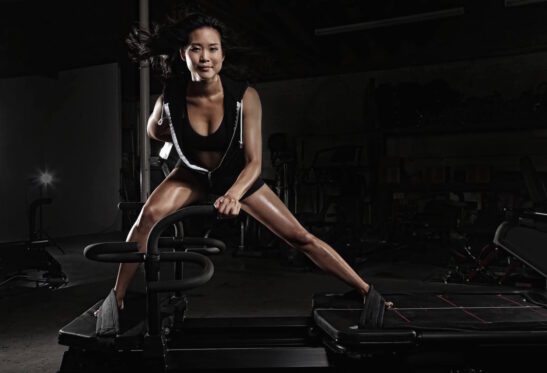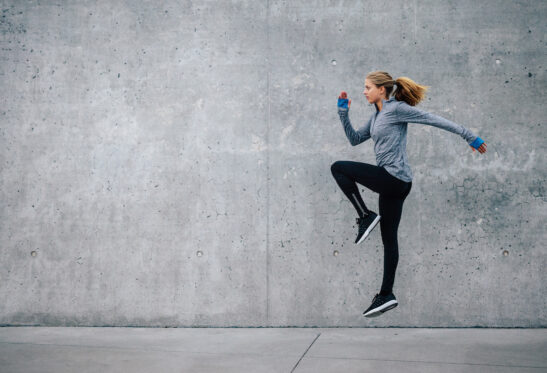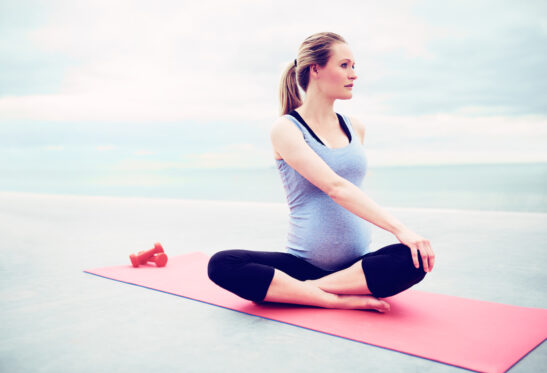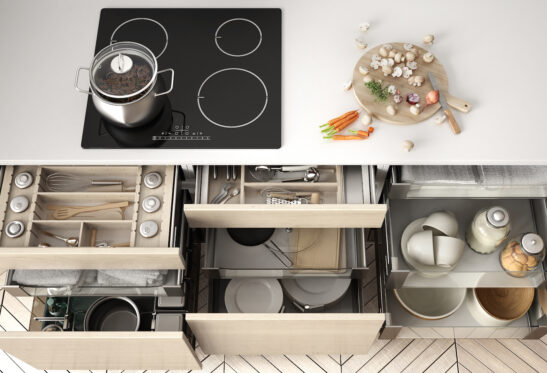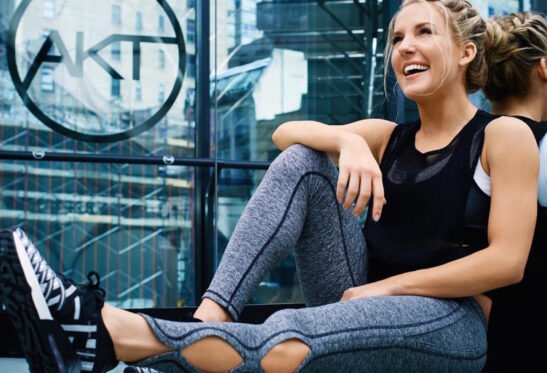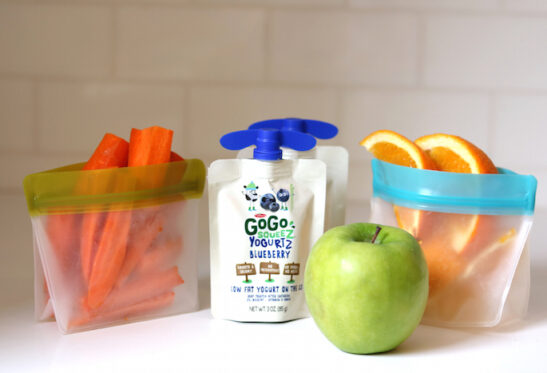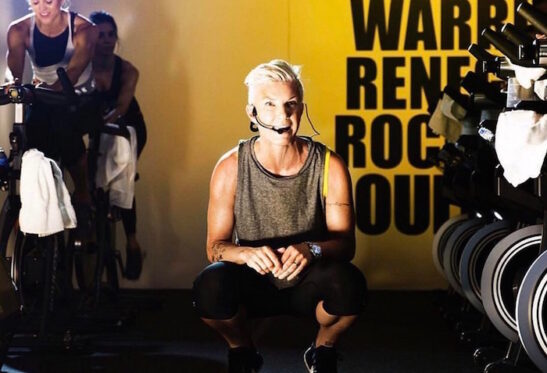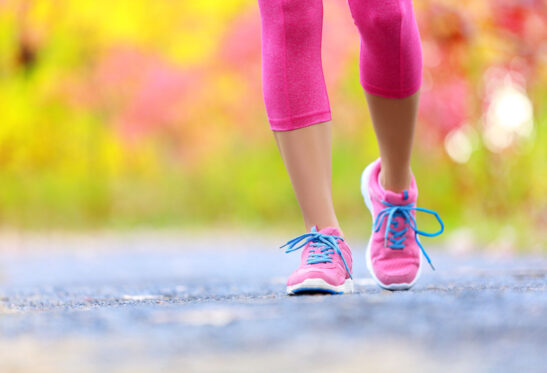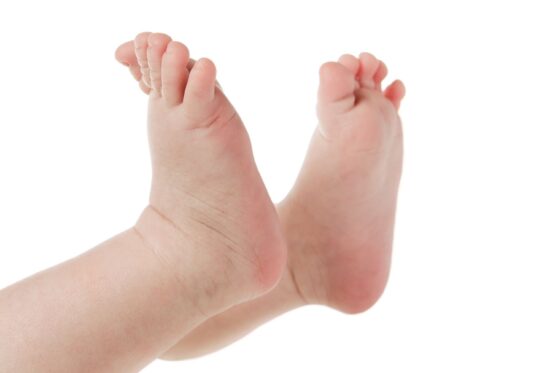These New Running Shoes Transformed My Workouts (and Why that Matters)
Home » Sweat Often » Workout Tips » These New Running Shoes Transformed My Workouts (and Why that Matters)
By Lisa Elaine Held, Editorial Director
How many times have you agonized over which were the best running shoes to buy?
When you’re a fitness editor, sneakers pile up in a corner of your apartment creating a mountain of responsive foam and rubber soles. You try every shape and style you could imagine and many you couldn’t have dreamed up if you tried. Some look like moon boots; others like the webbed feet of a platypus.
Then, you interview expert after expert about which are the best running shoes to prevent injury and how to tell. Should you measure your stride and cadence before choosing a pair? Which are best for overpronators and underpronators? If you have knee issues, should you go for more padding? What about heel strikers versus those magical swiftfoot runners who bound easily over the earth, landing softly on the perfect padded spot just behind their toes?
RELATED: 5 Expert Running Tips to Prevent Injury and Get Faster
I’ve felt like I was running on clouds in ultra-cushioned Hoka One One’s and felt every tiny pebble under my foot in Nike Frees. I ran my fastest half-marathon ever in Adidas’ Ultraboost. I’ve put the most consistent miles on a now worn pair of Nike’s Air Zoom Pegasus.
But recently, I experienced a totally new sensation. A pair of Under Armour’s brand new UAThreadborne Fortis 2s showed up on my porch. I laced them up, hit the pavement…and everything changed.
I couldn’t tell you why, but these shoes just fit. Maybe it’s the “compression-like fit that delivers lightweight directional strength,” the “internal ankle bootie that provides a snug, supportive fit,” the “Dual-layer Charged Cushioning midsole,” or the “anatomically placed flex grooves.”
Or maybe not.
All I know is it felt like someone at Under Armour found a mold of my foot and created a sneaker that perfectly molded to its shape, supporting the arches, providing just the right amount of padding, and putting the perfect amount of spring in my step. I started wearing them on run after run and began making extremely non-scientific observations. My feet didn’t hurt. My knee pain didn’t flare up. My hips didn’t feel as tight. These shoes make running so much better…for me.
RELATED: The Difference Between Exercise and Movement—and Why it Matters
Which brings me to what’s important about this revelation: It likely has nothing to do with the fancy new technology in this sneaker. Instead, it reminded me of the most compelling research on the topic that’s been done to date.
The Best Running Shoes, According to Research
In a research review published in 2015, a team of researchers looked at decades of studies on running shoes and injury prevention. They found only one good predictor of whether a running shoe could reduce injury risk: comfort.
Your own body, the lead researcher told the New York Times, is probably the best judge of how you should move and run. When you ignore it or try to overcorrect for things like pronation, it may lead to injury. Instead, why not ask your body “how does this shoe feel?” and trust its unique opinion. (Listening to your body, after all, is a tried-and-true, Nutritious Life-approved strategy that works in many other scenarios, like assessing your Hunger Quotient.)
It sounds simplistic and silly. But it’s science, people.
I think I’ve finally found my shoe. If you want to find yours, you’re going to have to run around a lot. You’re going to have to ignore splashy marketing, try on a lot of duds, kiss a lot of foam frogs. Eventually, you’ll find the threadborne upper, sockliner, responsive foam, and traction pattern that cradles your one-of-a-kind, precious foot just right. Your entire kinetic chain will thank you later.
The Nutritious Life Editors are a team of healthy lifestyle enthusiasts who not only subscribe to — and live! — the 8 Pillars of a Nutritious Life, but also have access to some of the savviest thought leaders in the health and wellness space — including our founder and resident dietitian, Keri Glassman. From the hottest trends in wellness to the latest medical science, we stay on top of it all in order to deliver the info YOU need to live your most nutritious life.
RECENT ARTICLES

Want a sneak peek inside the program?
Get FREE access to some of the core training materials that make up our signature program – Become a Nutrition Coach.
Get Access"*" indicates required fields
 Sweat Often
Sweat Often



















































































































































































































